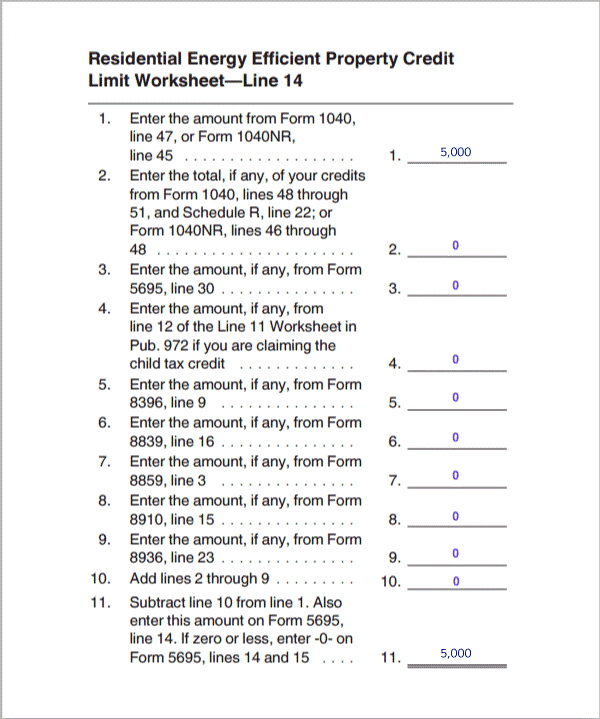When operating any business, it always takes money to make money. This money that is being spent is your expenses and can actually be deducted on a taxpayer’s tax return.
There are many different expenses that can be deducted such as cost of goods, sales commission expenses, rent, salaries, or advertising expense. These are all expenditures that do not have a useful life beyond one year, which are generally deductible in the year incurred.
Today we are going to discuss how a business can expense larger items or fixed assets such as buildings or vehicles used in the course of business. This is where depreciation comes in.
Depreciation is an accounting method that allows a company to write off an assets value over a period of time, commonly the assets useful life. I will explain what types of business property can be depreciated and their recovery periods. There are also four different methods of depreciation that I will describe for you.
What types of property can be depreciated?
There are many different types of property that can be depreciated. For a property to be depreciated it must meet the following requirements:
- The taxpayer must own the property
- The taxpayer uses the property in business or income producing activity (e.g., rental property)
- The property has a determinable useful life
- The taxpayer expects the property to last more than one year
Land, Property placed in service and disposed of the same year and equipment used to build capital improvements all cannot be depreciated. Also, a taxpayer cannot depreciate personal use property. The depreciation deduction is allowed only on the part of the property used for a business or income producing activity.
There are many different properties that are depreciable, and they can all be categorized by their recovery period. The recovery period of each asset or property is the amount of time the IRS requires you to depreciate it. These periods theoretically track the actual useful life of an asset.
Depreciable properties generally fall into one of the following categories.
- 5-year Property – Computers and peripheral equipment, office machinery (typewriters, calculators, copiers, etc.) automobiles, light trucks, appliances, carpeting, furniture used in residential rental real estate activity.
- 7-year Property – Office furniture and fixtures (desks, file cabinets, etc.) This class also includes any property that does not have a class life and that has not been designated by law as being in any other class.
- 15-year Property – Roads, fences and shrubbery.
- 20-year Property – Includes improvements such as utilities and sewers.
- Residential rental property (27.5 year property) – Real property that is a rental building or structure (including mobile homes) for which 80% or more of the gross rental income for the tax year is from dwelling units. It does not include a unit in a hotel, motel, inn, or other establishments where more than half of the units are used on a transient basis.
- Nonresidential real property (39-year Property) – Commercial buildings and structures. Includes section 1250 property.
How Does Depreciation Work?
Tax payers must use the Modified Accelerated Cost Recovery System (MACRS) to depreciate residential rental property placed in service after 1986. MACRS consists of two systems that determine how property may be depreciated.
- General Depreciation System (GDS)- Generally, taxpayers must use GDS for property used in most rental activities. Recovery periods generally are shorter than under ADS.
- Alternative Depreciation System (ADS)- ADS uses the straight-line method of depreciation. A taxpayer electing to use ADS may not change the election, which applies to all property in the same class that is placed in service during the year of the election. However, the election applies on a property-by-property basis for residential rental property ad nonresidential real property.
Taxpayers must continue to use the same depreciation method unless the IRS grants approval to change the accounting methods. The methods under MACRS for depreciating property are as follows:
- Straight-line-depreciation– Deduct equal amounts throughout the recovery period.
- A taxpayer must use the straight-line method and a mid-month convention for residential rental property. In the first year of claiming depreciation for residential rental property, take depreciation only for the number of months the property is in use.
- 200% or 150% declining balance– Allows for greater depreciation percentages in early years. Us the straight-line method in place of accelerated depreciation in the first tax year it provides and equal or larger deduction than either the 200% or 150% declining balance method.
Depreciation begins when the taxpayer places the property in service for the production of income.
Depreciation ends when either the taxpayer fully recovers the cost, or the property is retired from service, whichever happens first. Property is placed in service in a rental activity when it is ready and available for a specific use in that activity. Even if unused, it is in service when it is ready and available for specific use.
A convention is a method established under MACRS to set the beginning and end of the recovery period. The convention used determines the number of months that the taxpayer may claim as depreciation in the year the property was placed in service and in the year disposed.
Use the mid-month convention for residential rental property and nonresidential real property. For all other property, use the half-year or mid quarter convention, as appropriate.
- Mid-month convention– Use a mid-month convention for all residential rental property and nonresidential real property. Treat all property place in service or disposed of during the month as placed in service or disposed of at the midpoint of that month.
- Mid-quarter convention– Use a mid-quarter convention if the mid-month convention does not apply and the total depreciable basis of MACRS property placed in service in the last three months of a tax year is more 40% of the total basis of such property placed in service during the year.
For this convention the MACRS property excludes nonresidential real property and property placed in service and disposed of in the same year, under this convention, treat all property place in service, or disposed of during any quarter of a tax year as placed in service or disposed of at the midpoint of the quarter.
- Half-year convention– Use the half-year convention if neither the mid-quarter convention nor the mid-month convention applies. Under this convention, treat all property placed into service, or disposed of during a tax year as being placed in service, or disposed of, at the midpoint of that tax year.
If this convention applies, the taxpayer may deduct a half year of depreciation for the first year and the last year that the taxpayer depreciates the property. The taxpayer may deduct a full year of depreciation for any other year during the recovery period.
Depreciation is meant to simulate your property losing its value over time. You are basically getting the IRS to reduce your taxes by telling them that your property is losing value.
If the property does not lose value and you end up selling the property for more than the depreciated value this money has to be paid back. This is called depreciation recapture.
Depreciation recapture is the gain realized by the sale of depreciable property that must be reported as income for taxed purposes.
Depreciation recapture is assessed when the sale price of an asset exceeds the tax basis or adjusted cost basis. The difference between these figures is thus “recaptured” by reporting it as ordinary income and is taxed at a 25% recapture tax rate.
A business taxpayer may take an additional 100% special depreciation allowance often referred to as “bonus depreciation” on certain qualified property. The special depreciation allowance only for the first year the property is in service. Bonus depreciation is taken before the taxpayer figures regular depreciation under MACRS. Qualified property includes tangible property depreciated in 20 years or less.
For the 100% special depreciation allowance, the qualified property must be acquired and placed in service after September 27, 2017, and before January 2, 2023. A taxpayer may elect out of this additional first year depreciation deduction with respect to any class of property that is qualified property placed in service during the taxable year.
There are many reasons why it is a huge mistake to not claim depreciation. The IRS will expect a taxpayer to pay this recapture tax even if they have not taken the depreciation on the property. So, it would be a huge mistake for a taxpayer not to use a depreciation method as part of their business.
Also, by claiming depreciation you get money today that you can use to invest, even if you have to pay taxes in the future. Since you are going to pay the bill in the future you may as well get the benefits today.












